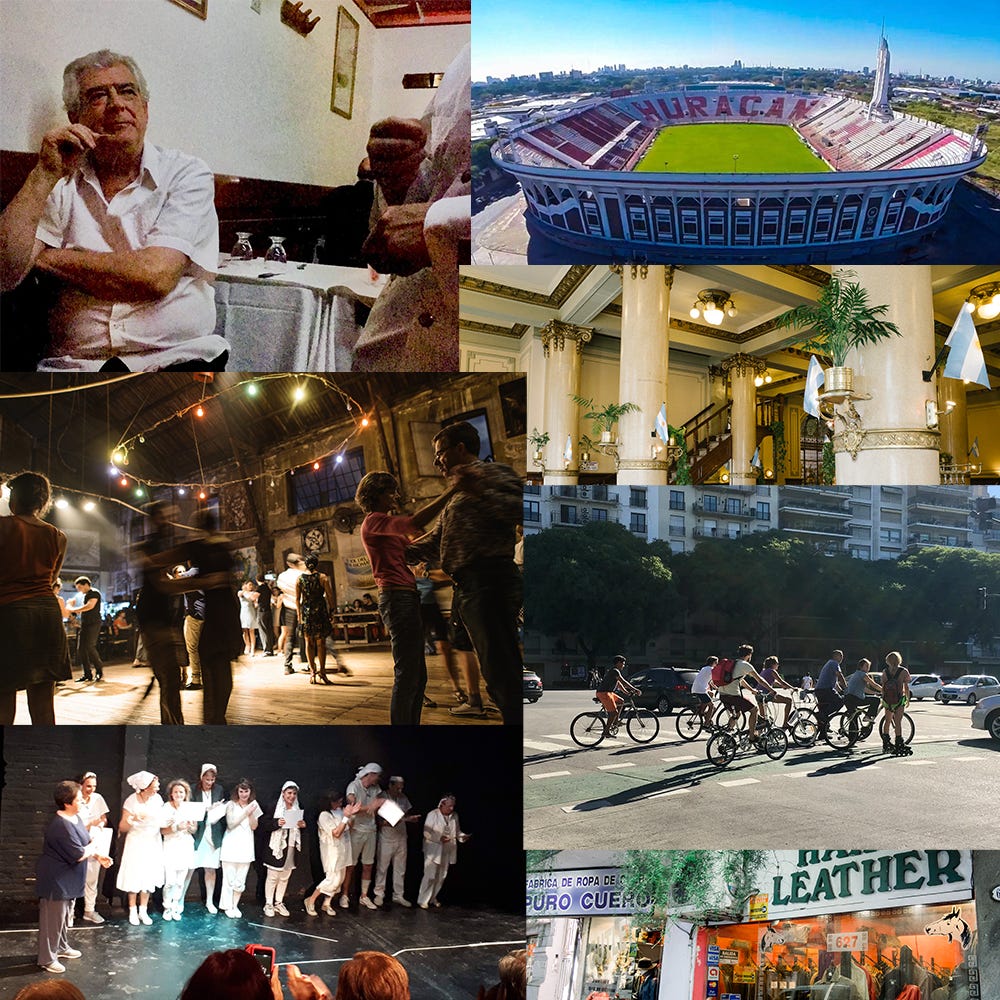8 Tourist Traps in Buenos Aires, And What to Do Instead
Before reaching for the classic top 10 list, check out these alternatives to Buenos Aires tourist traps.
We’ve all been there – arrive at a new destination, check out the guidebook, and head to the main tourist attractions only to leave underwhelmed or with the feeling of being ripped off. Buenos Aires also has its fair share of tourist traps. And while they are popular for a reason, we’re here to help you discover a more genuine version of the city. We‘re…





